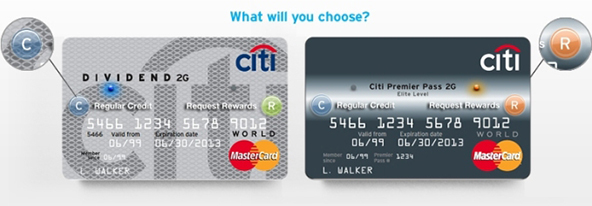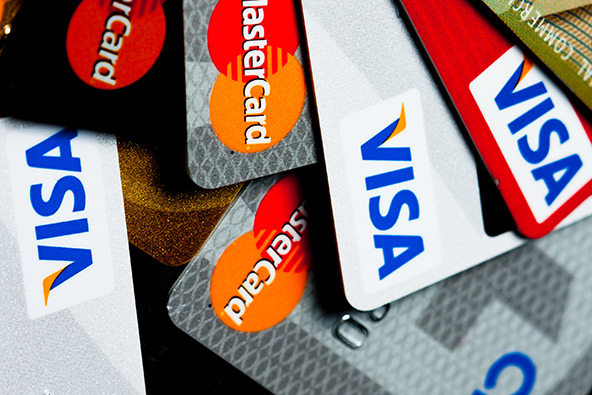Citi to Test Chip-Embedded ‘2G Cards’

Dynamics Inc., the Pittsburgh-based start-up that created a lot of buzz when they unveiled their Card 2.0, winning both the first prize and the people’s choice award at the DEMO start-up conference in Silicon Valley in the process, has managed to quickly capitalize on the momentum by partnering with one of the biggest banks in the country to test-pilot the technology.
Citi will make the new 2G credit cards available to select cardholders in November, with plans to potentially expand the program in 2011, provided the customer feedback is positive.
The new cards will be the same size and shape as the existing credit cards, but will feature programmable and electronic components, including a battery, an embedded chip, two buttons, and a card-programmable magnetic stripe. The 2G cards can be used anywhere regular cards are accepted.
Here is how the payment process will work. The cards feature two buttons on the front. At the checkout, cardholders will have the option to pay by ‘regular credit’, or they can choose to ‘request rewards’ which will allow them to redeem points or cash rewards as they swipe the card. Once the cardholder makes a selection by pressing one of the buttons on the card, the card is activated, and the corresponding light turns on to indicate the selected option.
It is too early to predict how successful the pilot program will be, but Citi is clearly trying to demonstrate that it is at the technological forefront of the credit card industry and perhaps it is also trying to steal some of Dynamics’ spotlight for itself.
The 2G card, or Card 2.0, as Dynamics calls it, is an innovative product that can be used in many other ways as well. For example, Dynamics’ MultiAccount version of the card allows consumers to link two separate accounts on one piece of plastic. Additionally, the original version of the card had an erased magnetic stripe and a blank LED screen in place of six of the 16 card number digits, preventing anyone from seeing the full account number. The magnetic stripe was re-written and the missing digits appeared only after the cardholder entered a PIN.
Although the 2G card concept is undoubtedly an innovative one, it still has a physical piece of plastic at its core. It is likely that its success will depend as much on its own merits, as on the speed of evolution of all the cardless payment services that have been popping up all over the place for quite some time now. At the end, however, the future will belong to the cardless solutions.
Image credit: Citi.


